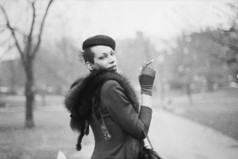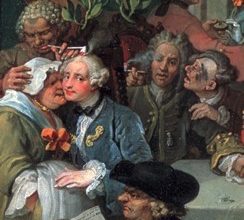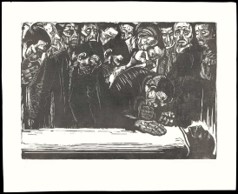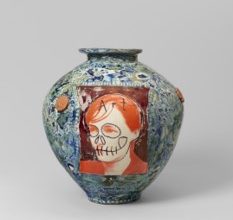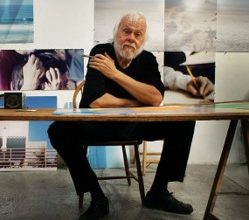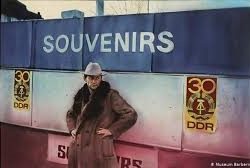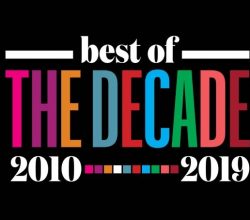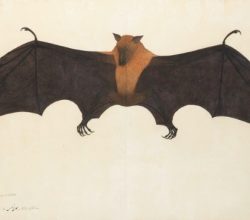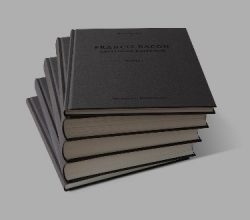
Less Is More
Kyle Chayka | The Paris Review | 23rd January 2020
What is minimalism, and what do we mean by its attendant phrase “less is more”? Donald Judd and Agnes Martin both felt “less is more” was irrelevant to their ‘minimalist’ work. Philip Johnson denied that these words encapsulated his glass and steel architecture. Beyond art, Marie Kondo says ‘less is more’ if you declutter. The writer shrugs; “The harder you try to nail something down, the more it escapes.”

